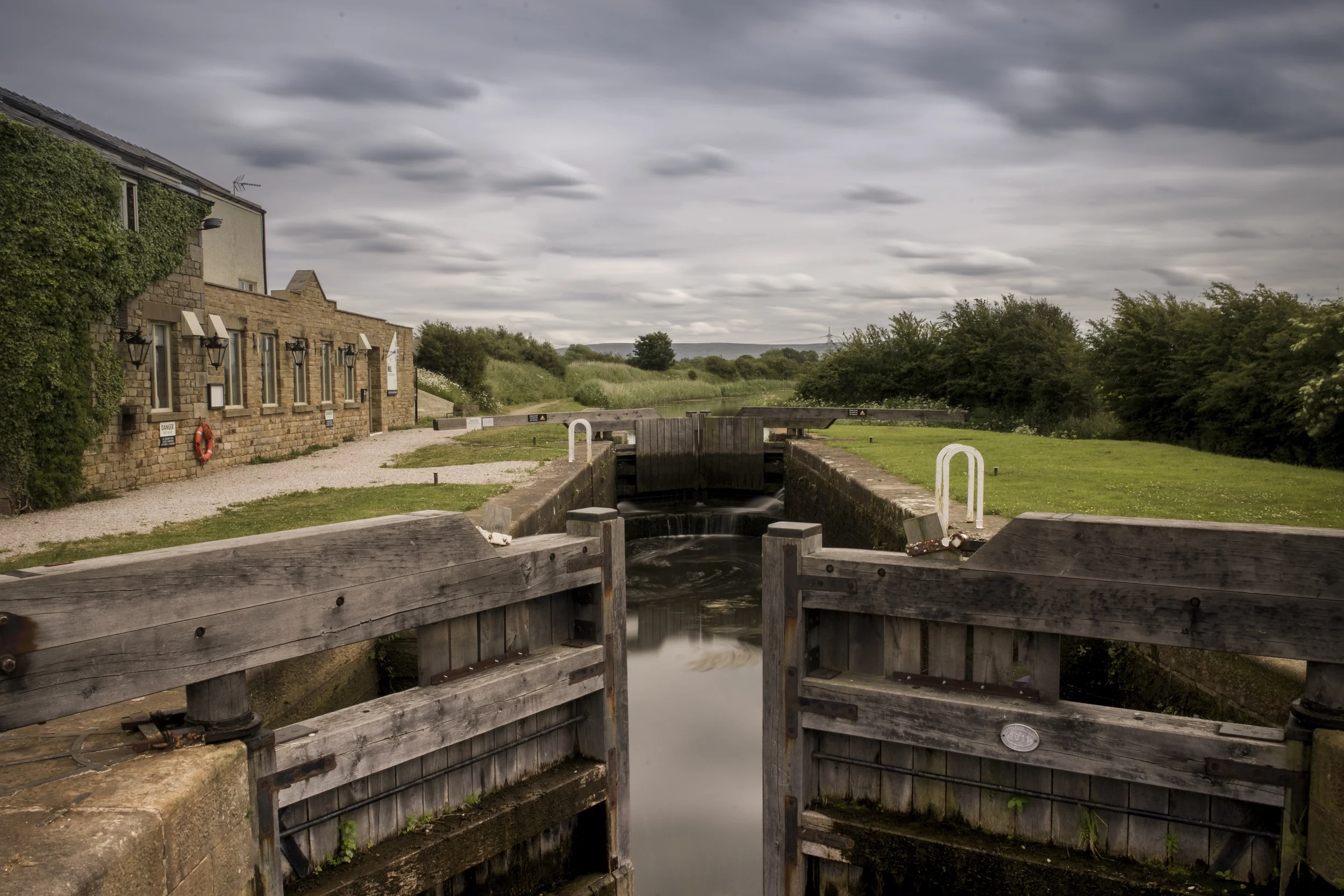
Past
&
Present
Walk Through Time..
Outside the Mill and you will see lock No 6, built between 1823-1825. The sandstone and timber lock serves the Glasson branch of the main Lancaster canal way. The Mill was at one time fed by canal water. The canal company purchased the Mill in 1824 for £1,100 in order to obtain its right to take water from the River Conder and divert it into the canal and thence to the mill wheel, the tail race returning the water to the canal below the lock. The canal ends at the basin at Glasson Dock, that served as a reservoir for the outer dock at low tides. It is now full of seagoing yachts. There is a large boatyard and British Waterways mooring
The Mill
Built around 1740 the building was purchased by The Canal Company in 1824 for the sum of £1,000 for the purpose of feeding water from the river and into the canal. The mill was in a state of disrepair and sold to the Western Railway Company who re-built it in 1826 for the princely sum of £750. The railway company then leased it to William Pye for a bi-annual rent of £57! The mill had three pairs of stone, a drying kiln, two cottages and a garden. An "Iron Cistern, "Clows' and "Rack' (mechanical gears) were erected to control water from the river to the mill wheel, the tail returning to the canal in the 'mill race' below the building.
Glasson Dock - 1787
Originally constructed in 1787, the dock is believed to be the oldest existing tidal dock in England. It has a checked history with strong past links to the slave trade. Tall ships would set sail from Glasson Dock bound for the west indies where trade was plentiful and prosperous. It is still a working dock and Glasson Grain are the now main users.
Cockersand Abbey - 1184
This former abbey near Cockerham was founded before 1184 as the Hospital of St Mary. It was refounded by the Cambro-Norman magnate, Theobald Walter, 1st Baron Butler as a Premonstratensian priory and was subsequently elevated to an abbey in 1192.
The abbey was dissolved in 1539 and the only significant relic is the still intact, vaulted chapter house which was built in 1230 and used as a family mausoleum by the Daltons of Thurnham Hall during the 18th and 19th centuries.
Two Roman silver statuettes were discovered on Cockersand Moss near the abbey site in 1718, possibly indicating the presence of a Romano-British shrine nearby.
Lancaster Castle - 11th century
Is a medieval castle built in the 11th century on the site of an old Roman fort overlooking the River Lune. In 1164 the castle came under Royal control. In 1322 and again in 1389 the Scots invaded England as far as Lancaster and damaged the castle, which would not see military action again until the English civil war (1642-1651). The site is owned by the Duchy of Lancaster as was frequently used as a prison from around 1196 until as recently as 2011.
The castle was used to keep the Pendle witches during Britain's most famous with trail of 1612. The twelve accused lived in the Pendle Hill area of Lancashire and were charged with the murders of ten people by the use of witchcraft.
Ashton Memorial at Williamsons Park - 1909
This folly way built by millionaire industrialist Lord Ashton between 1907 and 1909 in memory of his second wife, Jessy. At the time is cost £80,000 which is roughly £7.4 million in todays money. The memorial building enjoys commanding views across the city of Lancaster and the vast Morecambe bay. The grounds also house an Edwardian butterfly house where today many exotic species of butterfly can be seen.





